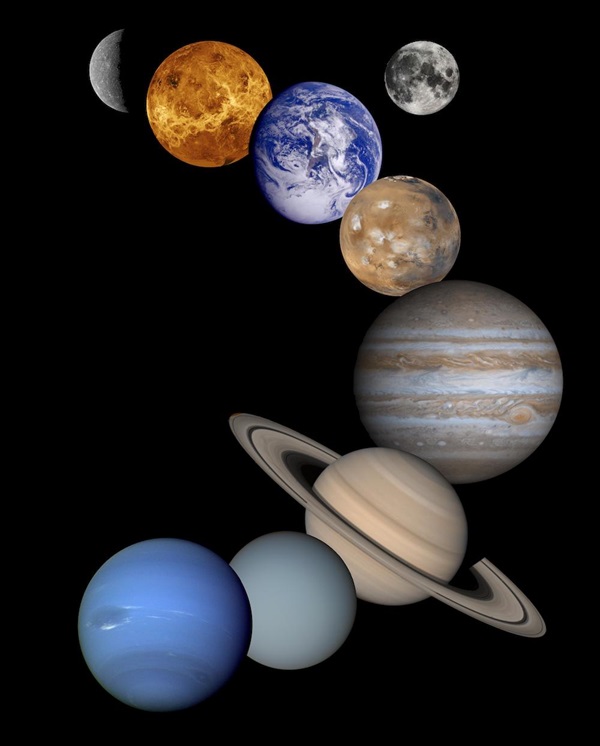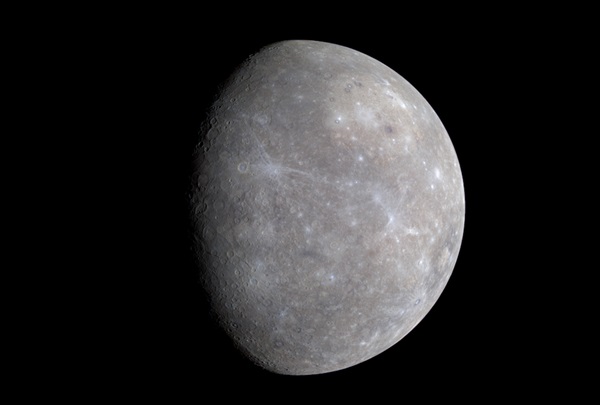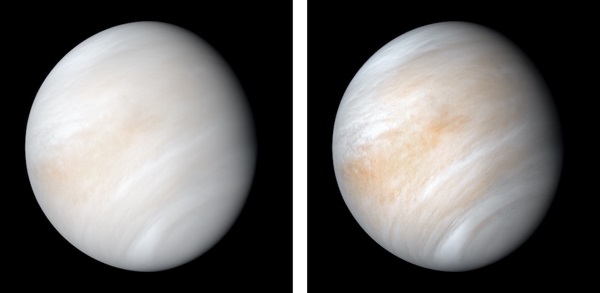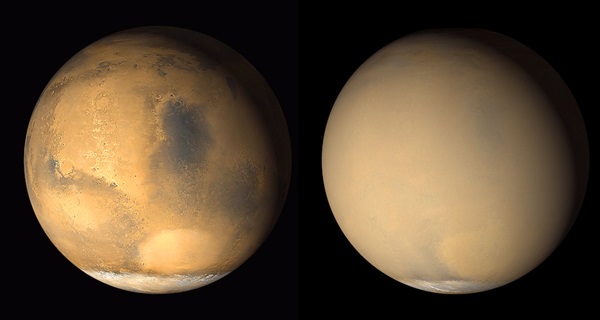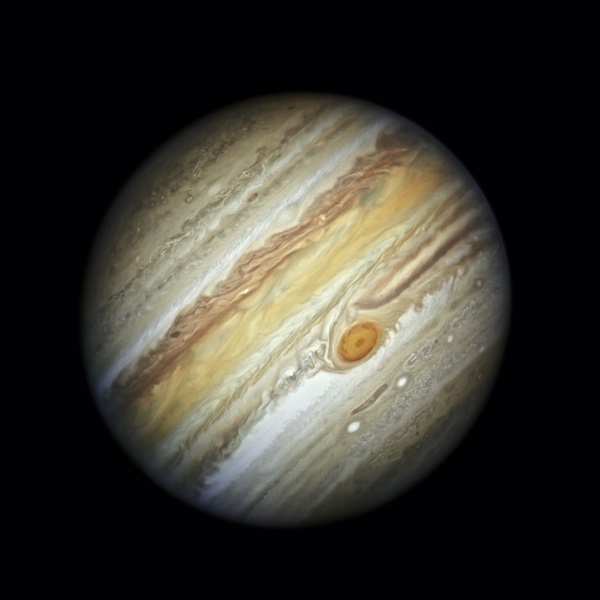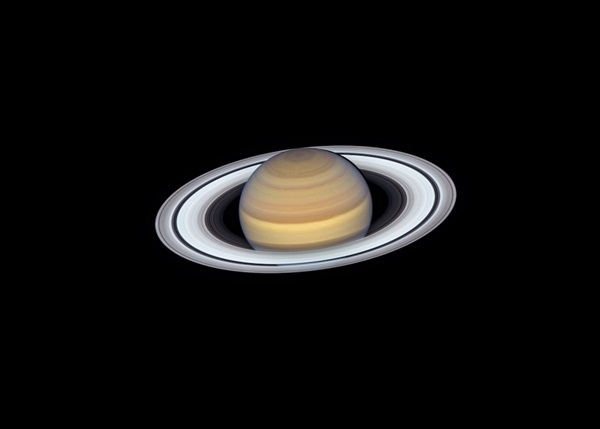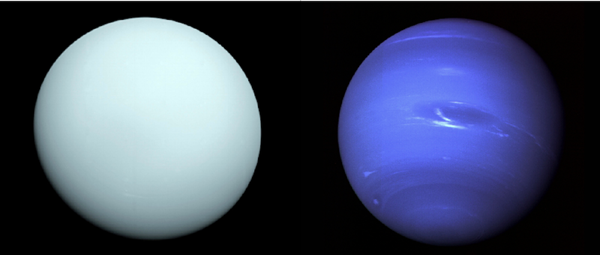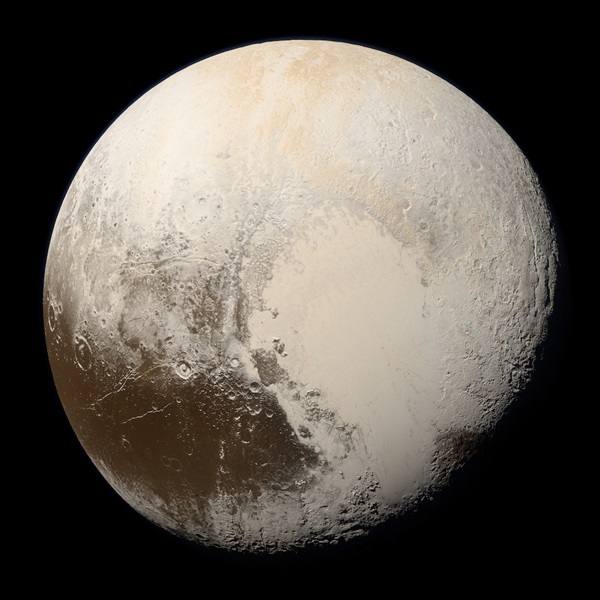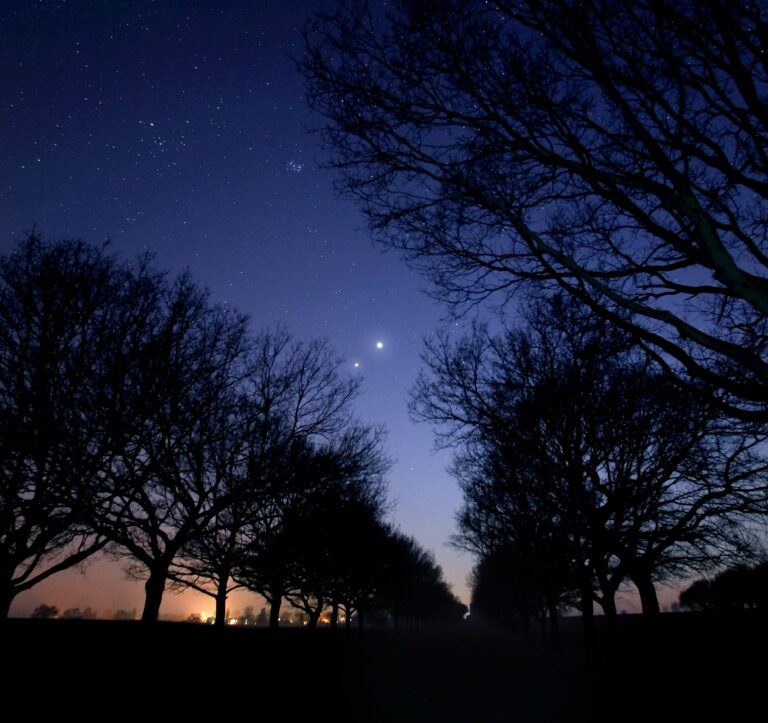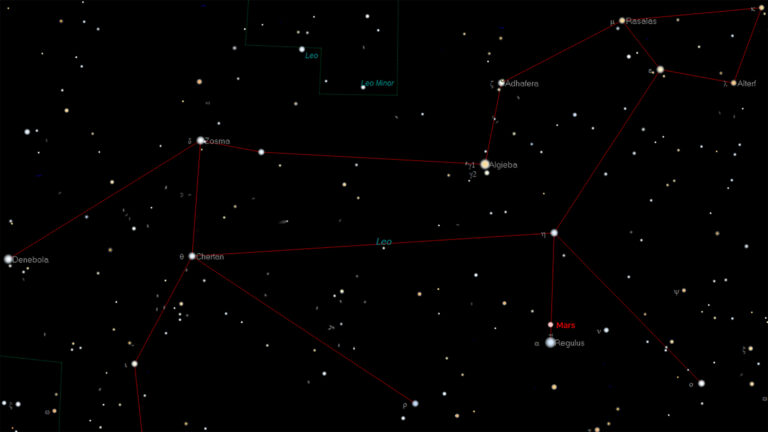Key Takeaways:
- A planet's appearance is determined by its composition and atmospheric conditions.
- Inner planets are rocky due to the Sun's heat, while outer planets contain more gas.
- Atmospheric gases and surface materials (like iron oxide on Mars) affect a planet's color.
- Planetary colors can vary due to weather patterns and atmospheric activity.
The planets of the solar system are varied in their appearance. Mercury is slate gray while Venus is pearly white, Earth a vibrant blue, and Mars a dusky red. Even the gas giants are different, Neptune and Uranus an opaque blue, while Jupiter and Saturn are mostly beige with brilliant red-brown belts. But why are these planets so different?
It starts at the beginning
As it turns out, stars and their planets form at the same time from a disk of gas and dust known as a solar nebula. Most of the gas — predominately hydrogen and helium — was swallowed by our young star; no surprise considering the Sun contains somewhere between 99.8 and 99.9 percent of the solar system’s total mass.
At the same time, debris mixed into the nebula collided over and over again, eventually accreting into planetesimals and then protoplanets. Jupiter, Saturn, and even Neptune and Uranus were able to pull in some of nebula’s hydrogen and helium to swaddle their cores, causing them to grow to truly massive sizes.
Closer to the Sun, the heat was so intense that it vaporized anything without high melting points; only rocks remained. Iron, sulfur, aluminum, nickel, and other metallic compounds circled the baby Sun round and round for millions of years, crashing into each other, eventually coalescing into the inner planets. But these young planets were unable to pull as much gas to themselves as their larger siblings. Whatever they did manage to pull in is unlikely to have lasted. Instead, the inner planets relied on liquids and gases gathered from impacts and volcanic outgassing to form the atmospheres we see today.
All this to say, the early building blocks of each planet contributes to our colorful planetary panoply. But what is it exactly about each planet in the solar system that determines its unique appearance?
A system of wild colors
A small ashen world.
Mercury has a high iron content and hardly any atmosphere to speak of. When spied through a telescope it looks dark gray and pockmarked. NASA’s now retired MESSENGER mission showed us that it’s covered in a thick layer of dust and igneous silicate rocks. As for why it’s so small, and why it’s mostly iron, there are a few theories. One points to Mercury having formed much bigger initially. In the chaotic early days of the solar system, it would have then an unfortunate run-in with a pesky planetesimal which stripped away much of its original crust and atmosphere. Another points to Mercury’s close orbit resulting in the solar nebula pulling away lighter particles before they could accrete onto the planetesimal. Data from the MESSENGER spacecraft and the soon-to-arrive ESA/JAXA BepiColombo may help uncover Mercury’s mysterious origins.
Our twisted twin.
True color pictures of Venus aren’t as interesting or as informative as the standard false-color composites you often see. These integrate different wavelengths of light that help us to visualize things like surface features and atmospheric content and activity. But when you look at Venus with an optical telescope, what you actually see is a pearly white world with a slight yellowish tinge. Venus’ atmosphere mainly consists of carbon dioxide. It appears white because the clouds are mostly sulfuric acid, which is highly reflective. Some people think the “unknown UV absorber” could be the source of the yellow. Venus’s surface is completely obscured by thick clouds, but we have one color picture of the surface sent back from a 1982 Soviet lander. And with a trio of upcoming Venus bound missions, one of which will take the plunge to its blistering surface, researchers hope to gain an even better understanding of our sister world.
The butterscotch planet.
Mars looks reddish-brown because it is covered in dust which has a high iron content. And like an old bike left outside, the dust has oxidized, or rusted. But the planet is not actually quite as red as is often seen in popular media. Many images have been touched up for contrast, both to appear more striking, and to help scientists study small topological and atmospheric distinctions. The color of Mars can also vary slightly. With so much dust, martian winds can kick up global dust storms which turn the planet from a slight red to a light orange or yellow.
If you can’t be a star, be a giant.
Jupiter is made of mostly hydrogen and helium, like the Sun. It didn’t accumulate enough mass during formation to jumpstart fusion and become a star. But Jupiter is a big ball of gas — over 1,300 Earth would fit within the planet. With so much atmosphere, and a weather system remarkably similar to Earth’s, it’s no surprise the planet is home to massive storms like the “Great Red Spot”. Why it’s red is a bit of a mystery. The generally accepted hypothesis is that because the storm is at a higher altitude than the rest of the atmosphere, some of the trace chemicals present in the clouds — such as ammonia and acetylene — get a bigger dose of radiation from the Sun. This radiation turns the storm its distinctive color. As for Jupiter’s characteristic brown and beige belts, that can be attributed to the combination of hydrogen, helium and other trace elements.
Saturn has a nice ring to it.
Ask a random person what their favorite planet is, and it’s likely they will pick Saturn thanks to its massive shining rings. The world itself is similar in color to Jupiter, because it has a similar chemical composition of 90 percent hydrogen to 10 percent helium, with small amounts of other substances like methane and water ice. Infrared spectroscopy shows us that underneath the thick icy haze it is actually pretty active, but the storms are deeper, thus less visible to optical telescopes. Occasionally, these storms make it to the surface, blemishing the otherwise placid planet with bright white spots.
The Blue Brothers.
By the numbers, Uranus and Neptune are also mostly hydrogen and helium. But they have a much higher proportion of methane (1 to 2 percent) than Jupiter or Saturn. And it is suspected that the majority of their masses may be due to ices like water, methane, ammonia. Their air has less haze than either of the other two gas giants, giving them their placid, blue appearance. Keen sky watchers might also see a white cloud here and there, with darker spots indicating storms churning deep within.
A lonely heart.
Pluto is a dwarf planet thought to be comprised of mostly ice, with a small rocky core. New Horizons spacecraft gave us our first good look in 2015. Subsequent analysis of the imagery have led scientists to believe that it is covered in ices made of nitrogen, methane, and carbon monoxide, plus some organic material, which gives the surface its ruddy brown hue.
Thanks to Kevin Baines (JPL), Mike Wong (UC Berkeley/SETI Institute), Nicholas Tosca (Cambridge University), and Elisabeth Adams (Planetary Science Institute) for their time and input with this article.

